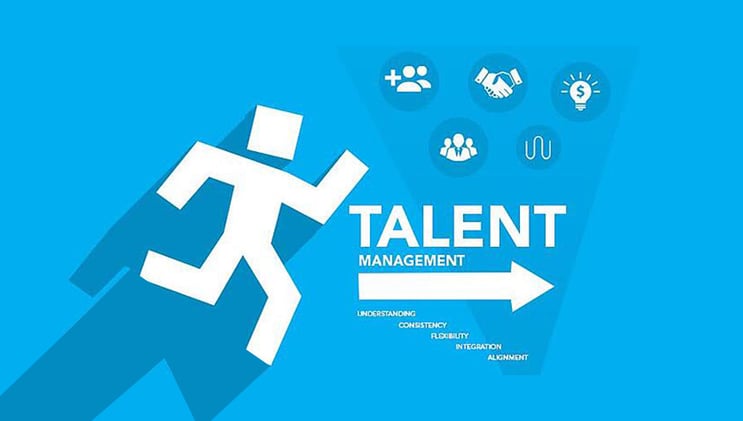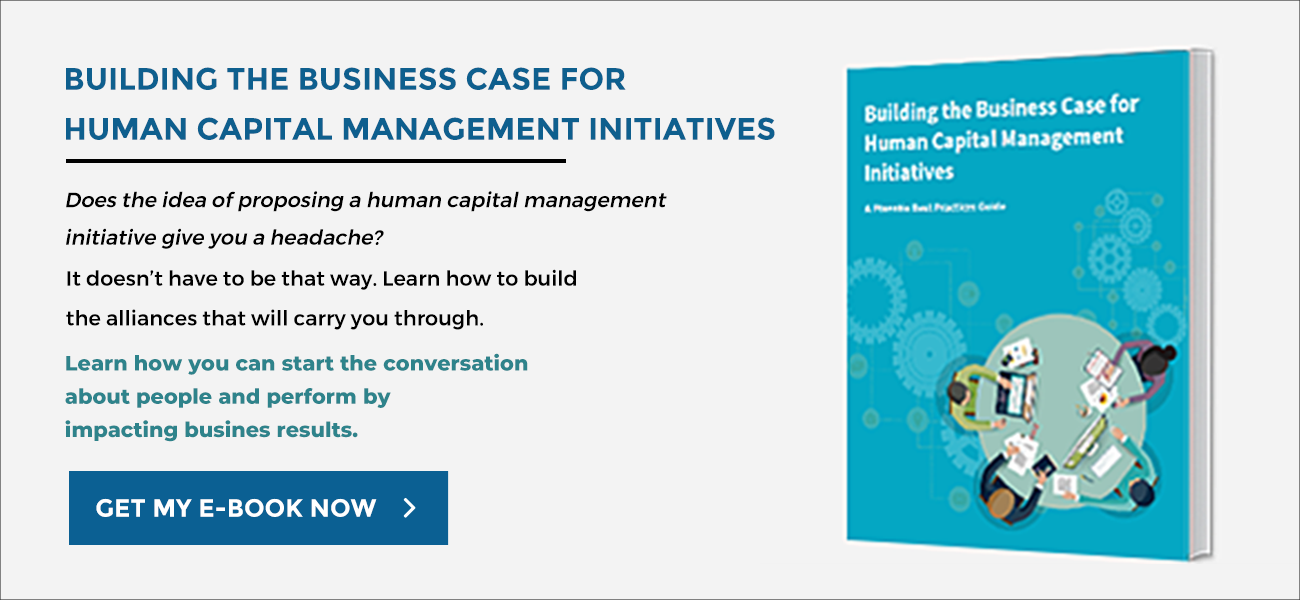
Competency models have been around for decades, but recently there has been a renewed interest. The war for talent and the need to retain top performers have created increased requirements for replicable behavioral models in talent management.
This article is about what competency modeling can do for your organization and why it works. We base the discussion on our decades of experience in using, developing and deploying competency models in dozens of companies from startups to global conglomerates. We also rely on the work of Michael Campion et. al. of the Krannert School of Management and Jim Graber to describe the benefits of competency models.
Before we discuss the benefits, let’s try to arrive at a shared understanding of what competencies are and how they work.
Competency Structure
We can describe a competency as a collection of skills, knowledge, abilities, and other attributes (KSAOs) that define what the incumbent in a position does to accomplish the job well. Competency model is a term used interchangeably for a group of competencies for a job, function, or job family.
Benchmarks vary widely. Some organizations use top performers as the standard. Others use a “typical worker” approach. Still others use a description of “working knowledge.”
At the individual job level, competencies describe in a few sentences what it takes to accomplish job tasks. The analysis begins with outcomes for the purpose of aligning behaviors with organizational strategy.
The structure of a competency model can be can be very simple, or it can be very comprehensive and sophisticated. It depends on how the competency library will be used. These five attributes describe a typical competency : 
- short title,
- brief description in terms of KSAOs,
- levels (proficiency, job or grade levels, hierarchy levels),
- short descriptions of benchmark behaviors, and
- rating scale with behavioral anchors or indicators.
Competency Benefits
A well-designed competency model can have profound effects on an organization. Introducing competencies for the first time or introducing a new model can be the catalyst for a culture change. People will modify their behavior to meet the standards.
- Understanding. People immediately grasp the concept when they read the descriptions & behavior descriptions, and it is easy to show them in simple diagrams or graphics.
- Consistency. They create a common understanding across the organization regarding performance standards. This reduces subjectivity and fosters consistency in the way standards are applied.
- Flexibility. Of the dozens of competency models we deployed, no two are alike. Each organization adapted them to their culture and purpose. Some use competency libraries provided by the software vendor. Others license libraries from content vendors. Still others develop them in-house. Most use various combinations of all three sources.
- Alignment to organization strategy. Some models start with organizational competencies (core business capabilities) and cascade them down It through the organization. Other models correlate them with strategic objectives. Either way, the goal is to connect specific employee behaviors to organizational outcomes.
- Integration. Competencies are easy to integrate into talent management activities, and modern software platforms are designed to use them. Each application uses them in a different way.

Some experts will argue that there are more scientific approaches to modeling behaviors in an organization. That may be true, but we have yet to see a method that is more flexible, understandable, and easy to deploy.
In a future article, we will discuss how to deploy competencies in your organization. Subscribe to our blog below so you don’t miss an article.
References
Graber, Jim. "The Case for Competency Models." The Case for Competency Models. December 3, 2015.
Campion, Michael A., Alexis A. Fink, Brian J. Ruggeberg, Linda Carr, Geneva M. Phillips, and Ronald B. Odman. "Doing Competencies Well: Best Practices In Competency Modeling." Personnel Psychology 64, no. 1 (February 17, 2011): 225-62.
Pixentia is a full-service technology company dedicated to helping clients solve business problems, improve the capability of their people, and achieve better results.


